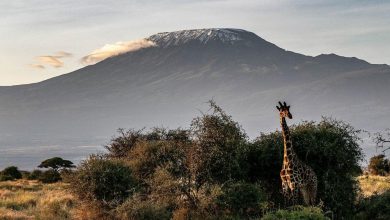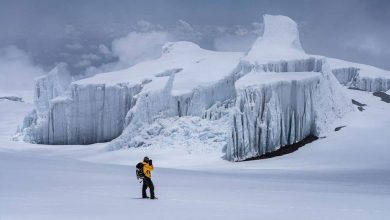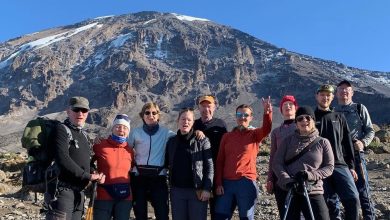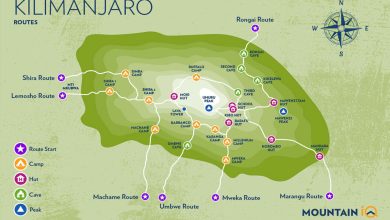Where is Mount Kilimanjaro? Tallest Free Standing Mountain On Earth
Mount Kilimanjaro is located in Tanzania, it is the highest mountain peak in the entire Africa, with an elevation of 5,895 meters.
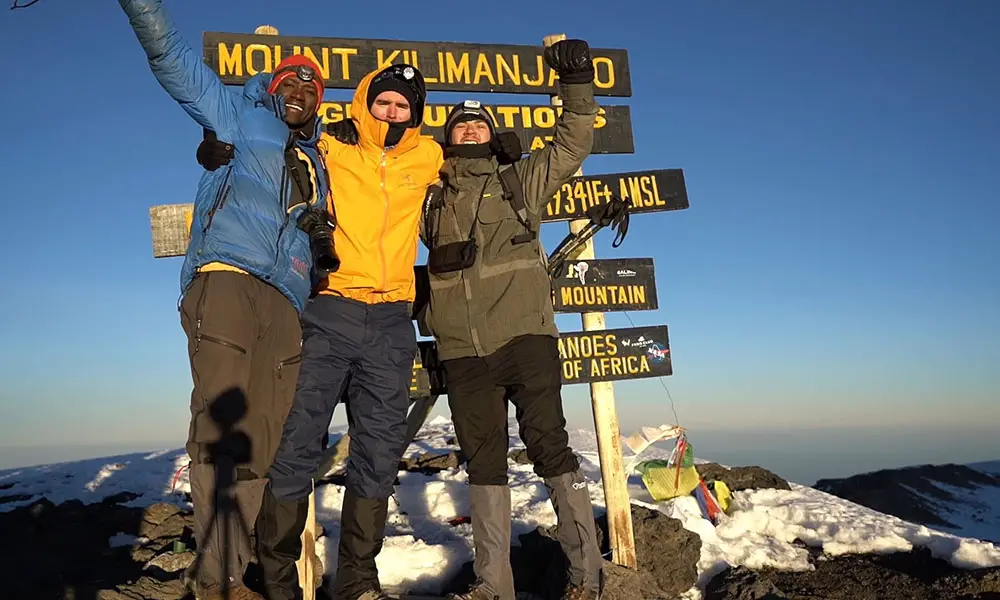
Mount Kilimanjaro is the tallest free-standing mountain in the world; unlike other massifs across the globe connected to a range, this magnificent tallest African mountain stands alone.
Where is Mount Kilimanjaro? It has been quite a confusing topic for people who are not precisely familiar with the geography around the mountain. Because of its massive stature, Mt. Kilimanjaro is also clearly visible from the Kenyan side. Thus, there have been quite a few speculations about whether the mountain lies in Kenya or Tanzania.
In fact, this freestanding mountain is on the northern border of Tanzania. However, it is also near the border that Kenya and Tanzania share, so its alluring beauty can be witnessed from both nations. But, if you want to climb it, as it’s inside only the Tanzanian border, you must scale it from the Tanzanian side.
Where is Mount Kilimanjaro? | Geographical Region
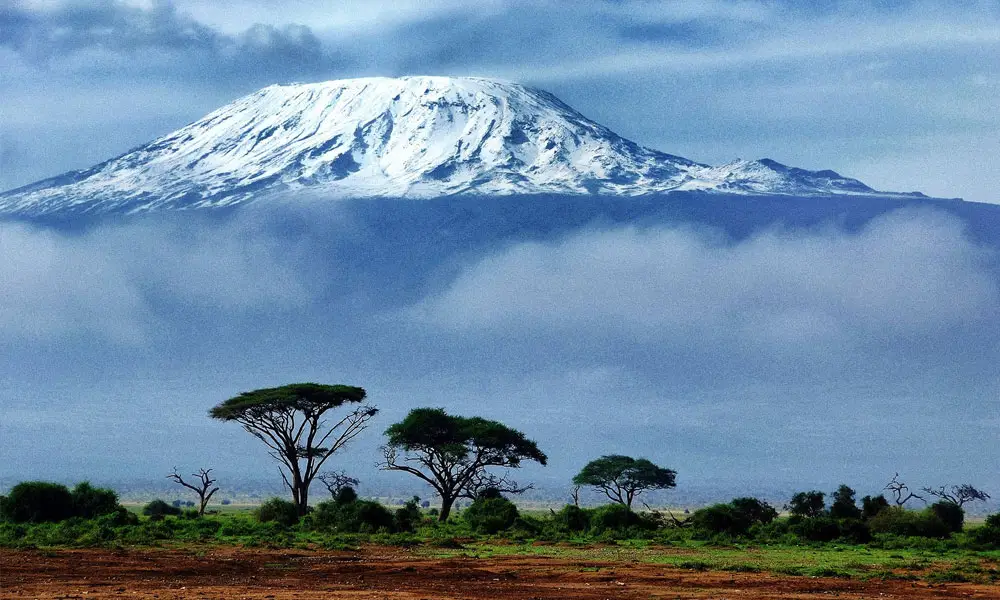
Country: Tanzania
Geographical Region: East Africa
Country: Tanzania
Province: Kilimanjaroro
Location: Near the Kenyan border inner part of Tanzania
Height: 5,895 meters (19,340 feet)
Prominence: 5,885 meters (19,303 feet)
Cities Nearby: Moshi, Arusha
Type: Stratovolcano
Geographic Coordinates: 03°04′33″S 37°21′12″E / -3.07583, 37.35333
Part of the ‘Seven Summits’ (the highest mountain peaks in each of the Seven continents), the tallest mountain in Africa is approximately 200 miles south of the equator. This gigantic majestic peak formed around 7,50,00 years and the last major eruption from the Stratovolcano mountain was around 3,60,00 years ago.
It was formed around the same time as the Great Rift Valley and during its active years the lava burst through its fractured surface giving birth to Shira, Kibo, and Mawenzi.
Unlike other massive snowy figurines in the Himalayas that took shape after the earth’s tectonic plates started moving towards each other, Kilimanjaro is a volcanic mountain. Scaling to its summit doesn’t take climbers to its peaks like other mountain ranges, but instead to the top-most part of this volcanic mountain crater rim ‘Ribo’, one of the largest volcanic cones on the top
It is also possible for the climbers to go inside the crater and explore the Ash Pit that tells the glorious stories of the now-dormant mountain’s past.
Climbing Mount Kilimanjaro
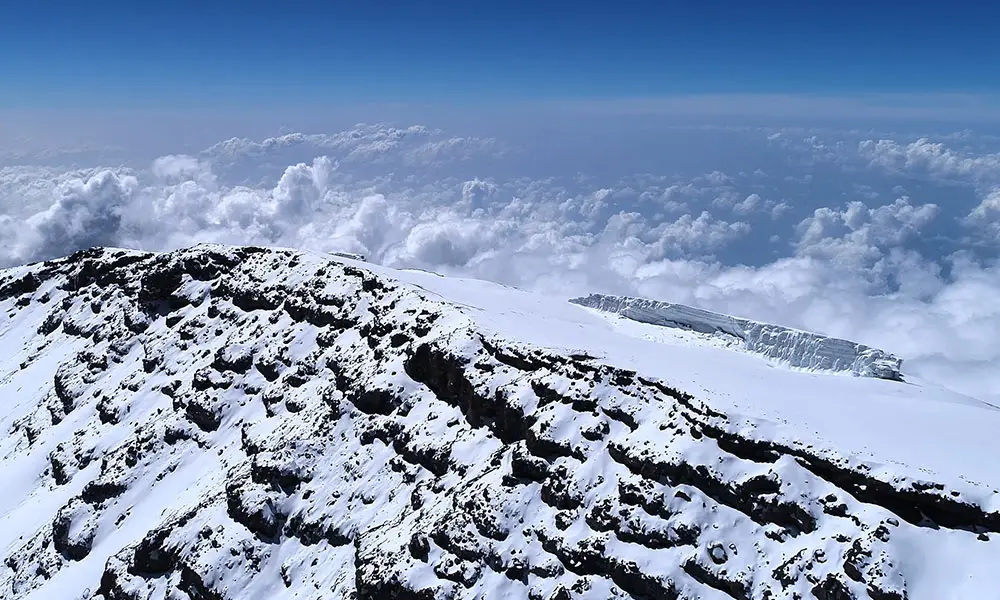
Moving slightly ahead after knowing the answer to the, where is Mount Kilimanjaro question, let’s learn about the expeditions on the tallest mountain in Africa. Before Tanzania gained independence, Mt. Kilimanjaro was known as the ‘Kaiser-Wilhelm-Spitrze’. Although there are no technical segments in the ascent and descent, it doesn’t mean climbing the tallest mountain in Africa is an easy feat. The significant altitude jump and fast-paced climbing to the top of Africa are considered to be the main difficulty in the expedition to Mt. Kilimanjaro.
The climbing of Mount Kilimanjaro generally begins with the two major tourists destination, Moshi and Arusha which offers alternative variations to the summit. As these cities are major hubs where mountaineering enthusiast come from all over the world come to as the starting point to the greatest mountain in Africa. The cities are bustling with life and offer luxurious accommodation and fooding facilities. Most of the trekking operators on Mt. Kilimanjaro operate from one of these cities.
Although reaching the peak of these magnificent freestanding mountains isn’t an easy feat and requires some experience and physical training. The bird’s eyes view of the horizon of both Tanzania and Kenya, Shira plateau, Mawenzi’s jagged peaks, unique climatic zones, and vegetation make the journey worth it. Due to its non-technical regions and easy ascent features, unlike the freezing Himalayas slopes that need technical climbing, even a novice with a good amount of preparation can easily scale the tallest mountain in Africa.
Some Insightful Artricles:
- 5 Cheapest 8000m Peak to Climb in Nepal
- Mount Everest Deaths 2023
- South African Dr. Pieter Swart’s Devastating Death On Everest
- Indian Teacher Suzanne Leopoldina Jesus Died On Everest 2023
History of Climbing Mount Kilimanjaro
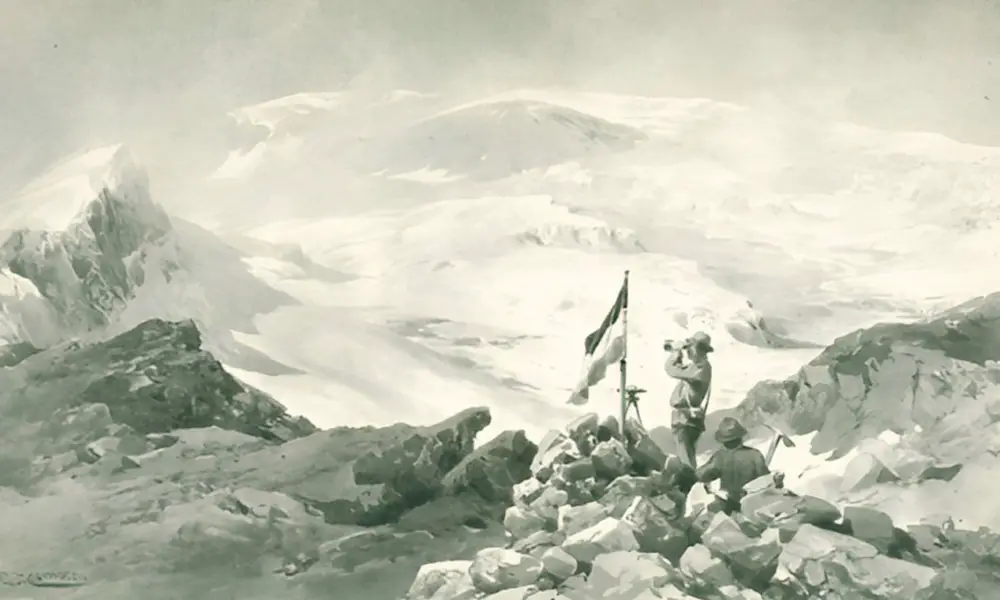
The tallest freestanding mountain in the world covers an area of approximately 3,88,500 hectares and it can be measured across the distance up to 40 km. Although it was in 1848 when the German missionary and explorer Johannes Rebmann discovered the beautiful freestanding mountain as he was exploring the interior of the African continent. The first-known mountaineers to successfully scale the tallest mountain in Africa were German geographer Hans Meyer and the Austrian mountaineer Ludwig Purtscheller in 1889.
And, the first woman to successfully conquer the summit of the mountain was Scottish mountaineer Sheila MacDonald in 1927.
Ever since their first successful ascend to the top of the summit, Mt. Kilimanjaro has now become one of the most popular destinations for mountaineering enthusiasts who want to scale the only freestanding mountain in the world. Thousands of mountaineering enthusiasts pour into the region to conquer the tallest mountain in the world.
Mt. Kilimanjaro and its six surrounding forest areas collectively came to be known as the Kilimanjaro National Park. This fascinating national which park has its own unique vegetation, and climate including the rare flora and fauna (home to the blue monkey Cercopithecus mitis)was established in 1973 to protect the unique environment surrounding the freestanding mountain.
The Kilimanjaro National Park also got listed in the UNESCO World Heritage Site in 1987.
Kilimanjaro, the region which is home to the Chagga people who settled at the base civilization of the tallest mountain in Africa 400 years ago. Now, has become modern bustling cities and are the major tourist hubs in the country.
More Insightful Articles:
